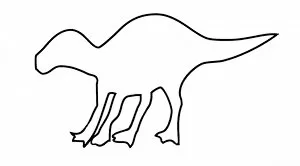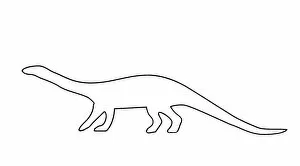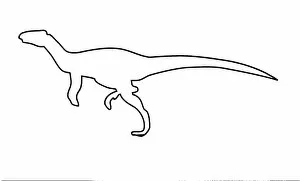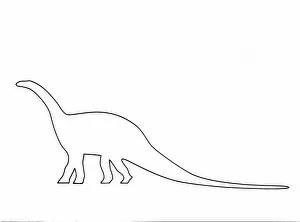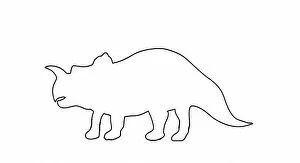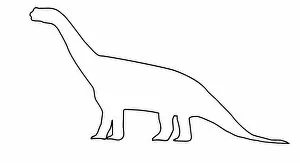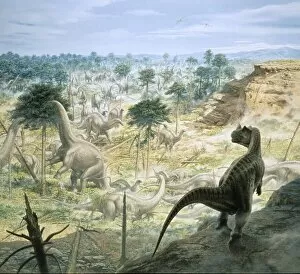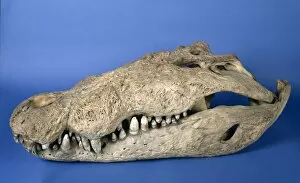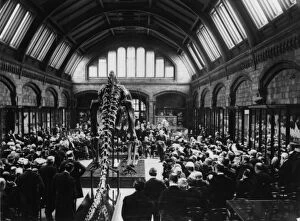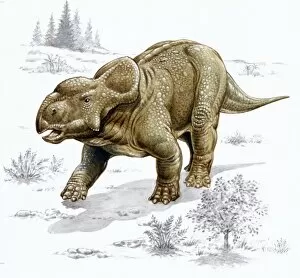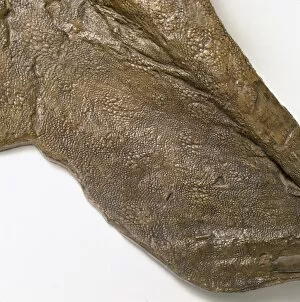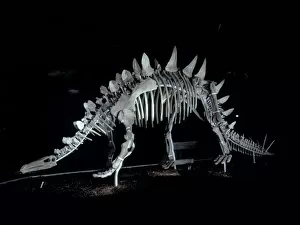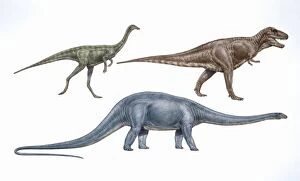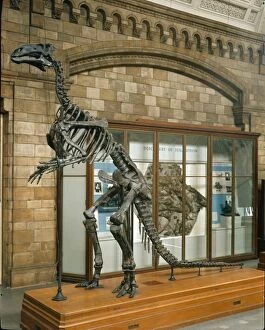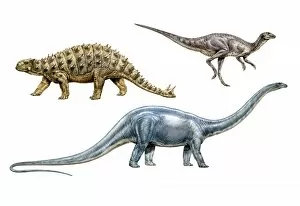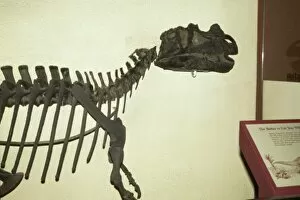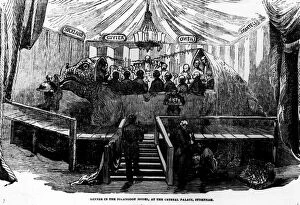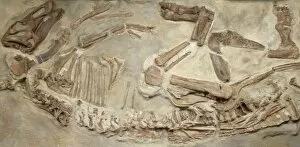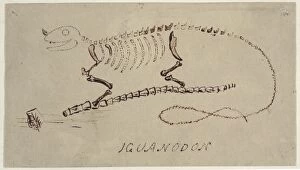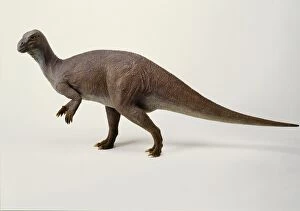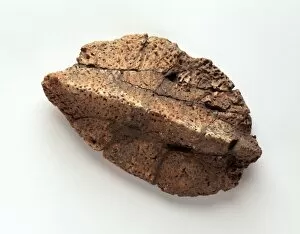Archosauriformes Collection (#7)
Step into the prehistoric world and discover a fascinating array of ancient creatures at Crystal Palace Park
For sale as Licensed Images
Choose your image, Select your licence and Download the media
Step into the prehistoric world and discover a fascinating array of ancient creatures at Crystal Palace Park. 🦖🌿 Immerse yourself in the wonders of the past as you encounter lifelike Triceratops, Iguanodon, Hylaeosaurus, and other incredible dinosaur models. Don't forget to visit the Natural History Shop where you can take home a piece of history. Transport yourself back millions of years as you explore scenes from Wealden Times, marveling at Ichthyosaurs gracefully swimming alongside Plesiosaurs while Pterodactylus soar through the skies above. Witness the evolution of dinosaurs with Archaeopteryx, a bird-like creature that bridges the gap between reptiles and modern birds. The restorations in The Wealden showcase how these magnificent creatures once roamed freely in their natural habitat. Discover lesser-known species like Scleromochlus, Diplodocus, Polacanthus, and Corythosaurus – each with its own unique features that will leave you awe-inspired. Crystal Palace Park is not just an ordinary park; it's a time machine that allows us to glimpse into Earth's distant past. So come along on this extraordinary journey and witness firsthand the majesty and diversity of archosauriformes.



